FAQS
Below you can find answers to some of the FAQ people often ask about the treatments that I provide. If you can’t find the answers or information you’re looking for on this page, please contact us.
The average waiting time for an appointment varies from a day up to a week, but due to Dr Carl Todd’s range of commitments, waiting time for an appointment with him may be up to a month.
I will ask you your full medical history, in strict confidence, including details of any past and present illness, accidents, X-rays or scans. I’ll then ask you to remove your outer clothing and to perform a series of simple movements so that I can assess the mobility of your body and identify areas of strain, weakness or injury. I will then make a detailed and thorough assessment of your musculoskeletal system.
I will also ask you questions about your lifestyle, work, emotional state, and sporting and leisure activities. I will take these answers into account, along with your physical examination before reaching a diagnosis, then we’ll discuss together a personalised treatment plan that suits your goals.
Yes. Both treatment modalities involve non-invasive and gentle approaches to health. They have proven to be remarkably safe, relying on relaxed movements, mobilisation and manipulation of joints along with soft tissue massage. No surgery or drugs are involved. I will explain the possible risks of treatment and discuss any worries you have before beginning your personalised treatment programme You can be reassured that both osteopathic care and Functional Rehabilitation has helped millions of people over many years.
This will depend on your individual problem and how long you’ve had it. Of course, every patient reacts differently, but I will be able to advise you on your likely recovery time. Your obvious commitment to the suggested treatment programme, including home exercises and any lifestyle alterations will also determine your progress and your long term benefits from my care.
Painkillers may help reduce the symptoms of pain, but they don’t address the cause. They may also have unnecessary side effects such as stomach upsets, drowsiness and nausea. Manual therapy is a much safer way of dealing with your pain and resolving the cause of it. If the cause of pain is not addressed promptly, unnecessary degenerative changes may result. The care I provide aims to resolve the underlying cause of pain with the objective of improving and maintaining your long-term health.
No, the treatment isn’t painful when performed by qualified professionals. If your problem has been untreated for a while, you may experience some post-treatment soreness for up to 48 hours. This will soon pass as your body begins to adapt. But don’t worry – I’ll explain how to keep symptoms to a minimum.
Osteopathy was the first complementary healthcare profession to be accorded statutory regulation by the government, and our osteopaths are expert primary contact healthcare professionals. Qualified osteopaths have undergone five years of training to gain a BSc (Hons) degree, MSc or equivalent, and are registered with the General Osteopathic Council (GOsC). The GOsC protects patients by regulating and setting standards for osteopathic education, practise and conduct.
There is no need to consult your GP before visiting me, although you may choose to do so. Osteopaths and physiotherapists are classed as ‘primary care physicians’ – this means you can consult myself without approaching your GP beforehand. While I don’t have the authority to prescribe drugs or painkillers, I am able to provide off-work certificates/sick notes if necessary.
Yes. In some cases I may feel that further intervention may be required by an orthopaedic consultant, or possibly some form of diagnostic imaging, like an X-ray or MRI scan. I can refer you either directly to the appropriate specialist, or through your GP. Below are some of the consultants I work closely with:
Professor Ernest Schilders www.ernestschilders.com
Professor Damian Griffin www.hiparthroscopyclinic.co.uk
Mr Gavin Jennings www.shoulderspecialists.co.uk
Mr Mike Rigby www.circlehealth.co.uk/consultants/mike-rigby
Mr Sunny Deo www.sunnydeo.co.uk
Dr David Porter www.opusbiological.com
Dr Paul Jackson www.drpauljackson.com
Yes, thats exactly what I do. In most cases I can treat you after surgery (although I will can advise you on your own circumstances). The treatment I provide after surgery helps keep the soft tissues around the joints relaxed, stable and balanced, with the aim of improving mobility, motor control and developing muscle capacity. Many patients have benefited from the care I provide post-surgery, and I’ve helped many more to avoid surgery altogether due to the appropriate treatment, education and corrective exercises that I provide.
Yes. Since my treatment approach improves the mechanics of joints, muscles and ligaments, many sports people who visit me notice a significant improvement in their performance. If you become injured, I can help to speed up your recovery time using various manual therapy techniques integrated with functional movement exercises. After I’ve corrected your injury, I can design a rehabilitation programme to reduce the risk of the injury reoccurring.
Please note that we can accommodate patients with disabilities at all of our clinics. Wheelchair access is available at all of our clinics.


